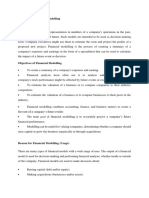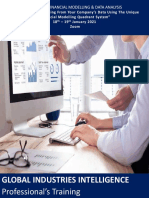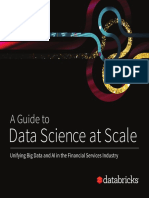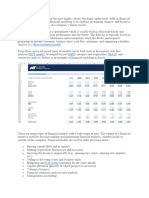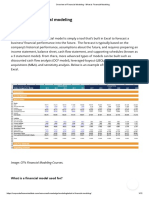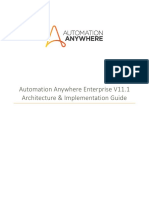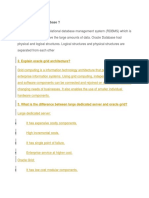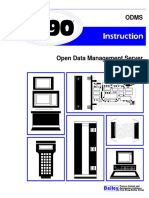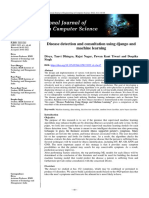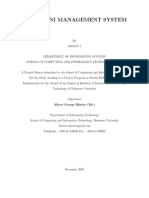0% found this document useful (0 votes)
30 views22 pagesNextGen Financial Models 22p
This white paper discusses the limitations of traditional financial modeling tools, particularly Excel, and advocates for a modern approach using Event Databases (EDBs) and a Model Server to improve data management, collaboration, and model accuracy. It highlights the challenges of data quality, model management, and user adoption in current Financial Planning & Analysis (FP&A) solutions, arguing that AI alone cannot resolve these issues without addressing the underlying data problems. The proposed solution emphasizes the importance of separating data from formulas and utilizing cloud-based platforms for enhanced collaboration and efficiency.
Uploaded by
Mohamad ChahineCopyright
© © All Rights Reserved
We take content rights seriously. If you suspect this is your content, claim it here.
Available Formats
Download as PDF, TXT or read online on Scribd
0% found this document useful (0 votes)
30 views22 pagesNextGen Financial Models 22p
This white paper discusses the limitations of traditional financial modeling tools, particularly Excel, and advocates for a modern approach using Event Databases (EDBs) and a Model Server to improve data management, collaboration, and model accuracy. It highlights the challenges of data quality, model management, and user adoption in current Financial Planning & Analysis (FP&A) solutions, arguing that AI alone cannot resolve these issues without addressing the underlying data problems. The proposed solution emphasizes the importance of separating data from formulas and utilizing cloud-based platforms for enhanced collaboration and efficiency.
Uploaded by
Mohamad ChahineCopyright
© © All Rights Reserved
We take content rights seriously. If you suspect this is your content, claim it here.
Available Formats
Download as PDF, TXT or read online on Scribd
/ 22





















